Introduction
For this critical play, I played Square Enix’s “Life is Strange” on iPhone. The game supports multiple platforms, including Windows, PS3, PS4, Xbox, iOS, Android etc. The target audience is players who enjoy games with a strong narrative alongside supernatural elements, as well as ones who love a melancholic, emotional experience. The game features the story of Max Caufield, who’s a girl in a small town who has the supernatural powers of rewinding time. Max uses her powers to reshape the present as well as investigate the past, solving the mysteries of the town with her companion, Chloe.
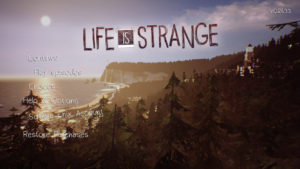
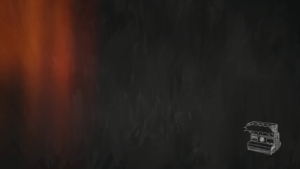
Formal Element
An important formal element of the game is the game’s objective. Unlike most adventure games that incorporate a more challenging system, “Life is Strange” intends to build its emotional themes through an emphasis on exploration. The player explores the town through conversations, interactions as well as artifacts, through actually “living” in the town. The beautiful visuals, the changeable perspectives, various interfaces including “journal” and “SMS”, as well as music contribute to the immersion of the exploration process. The objective is a combination of “knowing” and “acting”, with “knowing” coming from the information gathering and storytelling part of the game, while “acting” coming from Max’s capability of rewinding time and making choices.
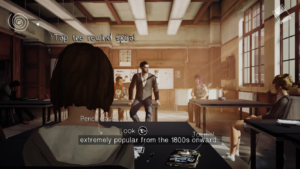
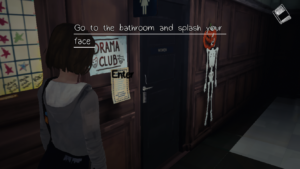
Types of Fun
The major types of fun of “Life is Strange” are fantasy, narrative and discovery. The game has a very strong narrative element, and should be considered as “enacting story”. There isn’t much flexibility in the general direction of the plot, and even though the player’s decision might be able to influence some specific outcomes, in general, despite the choices, the major storyline is pretty much the same. The narrative is beautifully written, which makes following the narrative extremely fun, almost feeling like watching a melancholic coming of age movie with a hint of the paranormal. The visuals convey the claustrophobic, gloomy atmosphere very well alongside the narrative. One interesting design I found is that one of the major concepts of the narrative, “butterfly effect”, is visually presented as the blue butterfly that appears from time to time, which I think is an exquisite visual metaphor.
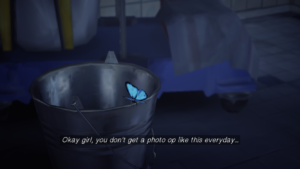

Critique
There are a couple of things I really like about the game, first, as I mentioned above, is how real it feels. The existence of SMS functions and journals makes the player feel you are really living the life of Max. Secondly, the save/load design is really player-friendly. There are two modes, collectibles mode and normal modes, and the collectible modes allow you to replay parts of the game you love without losing your progress. Thirdly, I feel the concept of choice, as well as the responsibility of choices, is one of the lines between reality and games. The nature of games as virtual products allow one to remake their choices without “paying a price”, while real life is a different case. “Life is Strange” makes the player meditate on the responsibility of choice through the rewinding mechanism. Finally, something I really like is that given its rewinding function might lead to the player going through the same dialogue over and over again, the fast-forward function saves time for the player.
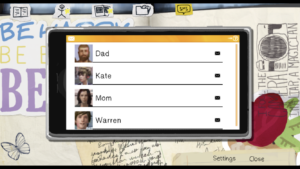
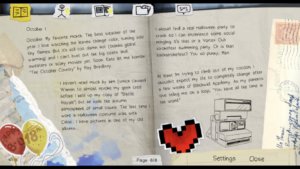
Some of the things I think that would make the game better is that I feel certain puzzles, for example, the one involving you getting into the school without being noticed by the principal, is a bit hard to crack. I’ve been stuck outside the game for around half an hour. I see this game more as an interactive fiction, and the thing that interests me the most is the flow of the narrative. A puzzle too hard to crack might disrupt the flow a bit for me. However, I see how the rise of the level of difficulty might be of interest for some other players who enjoy the interactivity and puzzle-solving aspect of games more.


